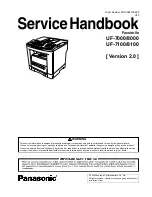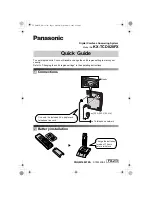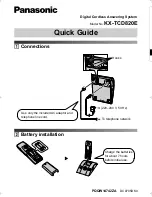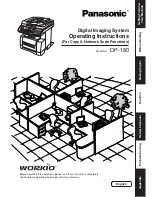
and receiving devices must have the same dictionary in order to replace the
key with the original text at the receiving end.
Running Dictionary
One method of data compression uses a “running dictionary”, meaning that
the mappings of strings to keys is maintained and reused across multiple
packets being transmitted and received. This method has the benefit of
achieving high compression ratios, but it has some restrictions. First,
running dictionaries require large amounts of memory to be maintained.
Generally, the larger the dictionary (i.e., the more memory used), the better
the compression results, because it is more likely that a string will already
have a key defined in the dictionary. Another more serious drawback is that
if the dictionaries at the sending and receiving devices gets out of synchroni-
zation, all packets will be dropped until the dictionaries re-synchronize.
Therefore, if the link between the sending and receiving devices is not
reliable, then it is highly probable that the dictionaries will often be out of
synchronization, which may result in poor performance or complete failure
of the connection. Running dictionaries have difficulty with WAN technolo-
gies that use datagram oriented-protocols (e.g., X.25 or frame relay), in
which packets may arrive at the receiving device out of order or corrupted.
In other words, running dictionaries require that packets be reliably
delivered across the link with no data loss or corruption. Additionally, if the
WAN link uses multiple virtual circuits, then a separate dictionary is used for
each virtual circuit, thus requiring more memory.
Packet-by-Packet Dictionary
To overcome the memory and link quality limitations of running dictionaries,
another method of data compression was developed in which a very small
dictionary is used, and it is reset for each packet. Therefore, very little
memory is required to store the dictionary, and there is no way for the
sending and receiving devices to get out of synchronization, even when
using unreliable WAN link protocols. Packet-by-packet dictionary methods
do not achieve compression ratios as high as running dictionary methods,
because there is no chance of reusing a key from matching strings in
previous packets. However, the higher ratios of running dictionary methods
are diminished by the fact that reliable link protocols use more link band-
width for acknowledgment packets. Therefore, the overall throughput may
not be as high as expected when using running dictionaries. Additionally,
the synchronization problems associated with running dictionaries makes
the overall performance of packet-by-packet methods more effective for use
on wide area links.
Data Compression for WAN Links
What is Compression?
2-134
Summary of Contents for 600 Series
Page 1: ...Hewlett Packard Series 200 400 and 600 Routers HP Routing Services and Applications ...
Page 4: ......
Page 5: ...1 Product Notes ...
Page 6: ...Features of HP Routers Architecture and Technology Branch Office Routing Product Notes 1 2 ...
Page 38: ...Architecture and Technology Software Control Path Architecture 1 34 ...
Page 52: ...Branch Office Routing Future Directions 1 48 ...
Page 53: ...2 Routing Services Notes ...
Page 106: ...Bridging Service Traffic Prioritization 2 54 ...
Page 158: ...Novell IPX Routing Service NetBIOS Protocol Support 2 106 ...
Page 194: ...Data Compression for WAN Links Conclusion 2 142 ...
Page 195: ...3 Application Notes and Case Studies ...
Page 224: ...Improving Network Availability Application Recovery 3 30 ...
Page 234: ...ISDN Wide Area Network Design Dry Creek Joint Elem School District Performance 3 40 ...
Page 316: ......
















































